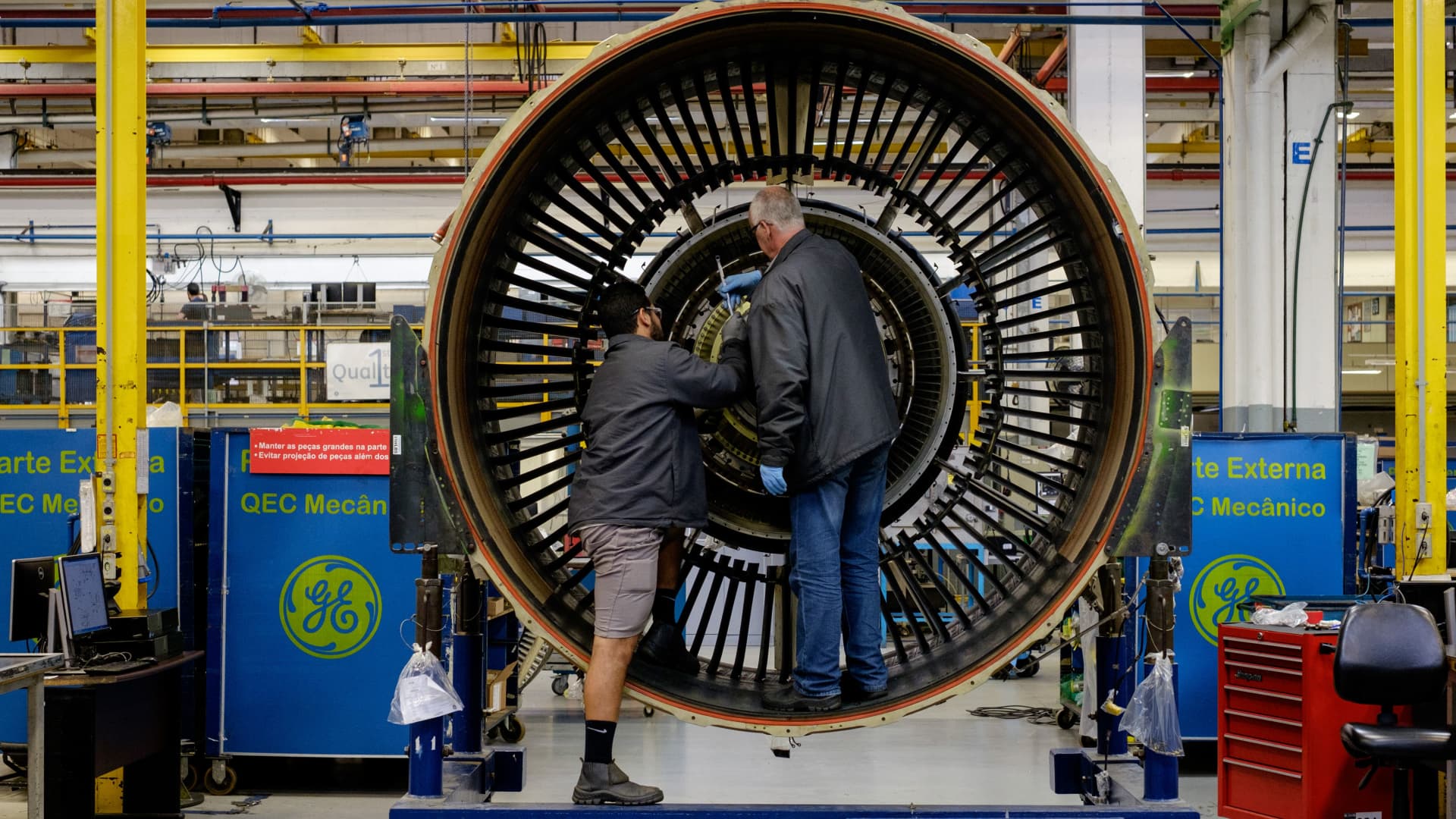Unpacking the Billion-Dollar Tariff Dilemma: RTX and GE Aerospace Respond
The aerospace industry faces a seismic financial challenge as RTX and GE Aerospace prepare for over $1 billion in combined tariff impacts. With new trade policies taking effect this quarter, both companies are implementing cost-mitigation strategies while analysts warn of potential supply chain disruptions and price increases for airlines and defense contractors worldwide.
The Tariff Storm Gathering Over Aerospace Giants
According to recent SEC filings, RTX (formerly Raytheon Technologies) anticipates $800 million in tariff-related costs through 2025, while GE Aerospace projects $300 million in additional expenses. These figures stem primarily from:
- Increased duties on specialty metals (titanium, nickel alloys)
- New levies on avionics components
- Retaliatory tariffs in key Asian markets
“This isn’t just a line item—it’s an existential recalibration,” says Dr. Elena Rodriguez, trade policy fellow at the Peterson Institute. “When 60% of an engine’s components cross multiple tariff borders, the math becomes punishing.”
Strategic Countermeasures Taking Flight
Both corporations are pursuing multi-pronged approaches to soften the blow. RTX has accelerated its supplier localization program, shifting 17% of its titanium sourcing to domestic providers since Q1 2023. Meanwhile, GE Aerospace has filed over two dozen tariff exclusions with the U.S. Trade Representative, successfully securing relief for certain military-grade alloys.
“We’re playing chess across twelve time zones,” admits RTX CFO Neil Mitchill during a recent investor call. “Every percentage point in tariffs translates to $40 million we either absorb or pass through—there are no painless solutions.”
The Ripple Effects Across the Supply Chain
Smaller suppliers feel the pinch most acutely. Precision Castparts, which provides turbine blades to both manufacturers, reported a 22% increase in production costs last quarter. Many tier-two suppliers lack the resources to restructure their operations quickly.
Industry analysts highlight three emerging trends:
- Consolidation among specialty metal producers
- Increased R&D spending on tariff-resistant materials
- Renewed pressure on Boeing and Airbus to renegotiate delivery contracts
Geopolitical Winds Altering Flight Paths
The tariffs arrive amid escalating trade tensions between the U.S. and several Asian nations. China’s recent export controls on rare earth minerals—critical for engine magnets—compound the challenge. RTX has begun stockpiling these materials, while GE explores recycling programs to recover metals from retired engines.
“We’re witnessing the weaponization of supply chains,” notes geopolitical risk analyst Mark Takahashi. “Aerospace has become the canary in the coal mine for broader decoupling trends.”
Future Turbulence or Clear Skies Ahead?
Both companies maintain their 2024 earnings guidance, suggesting confidence in mitigation strategies. However, Moody’s recently placed the entire aerospace supply chain on negative watch, citing “tariff persistence risks.”
Key developments to monitor include:
- Potential tariff exemptions for national security-related components
- Progress on the U.S.-EU critical minerals agreement
- Shifts in airline procurement strategies
As the situation evolves, industry watchers recommend tracking quarterly earnings calls for adjustment signals. For businesses impacted by aerospace tariffs, consulting trade specialists may reveal overlooked mitigation opportunities. The coming months will test whether these aviation titans can navigate the headwinds without sacrificing innovation or market share.
See more Business Focus Insider Team

